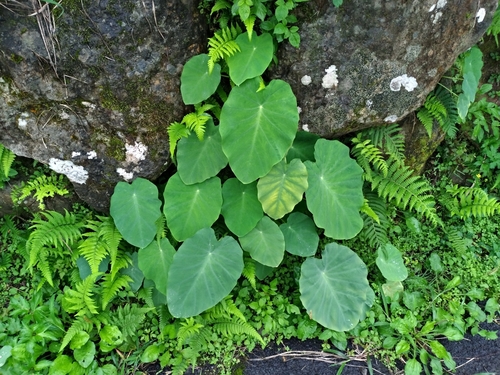Introduction
A strong compost system starts with a good foundation. The base layer of your pile or bin sets the stage for proper airflow, drainage, and healthy microbial activity. Without it, compost may become soggy, compacted, or slow to decompose. Building the right base ensures the rest of your composting process is efficient and odor-free.
Why the Base Matters
The bottom layer is critical for two reasons:
- Airflow: Coarse material prevents compaction and lets oxygen circulate through the pile.
- Drainage: Excess liquid can escape, keeping the compost moist but not waterlogged.
How to Build the Base
Follow these simple steps to create the perfect foundation:
- Choose coarse browns: Use materials that won’t mat down quickly, such as small twigs, sticks, or shredded cardboard.
- Layer depth: Spread a layer about 10–15 cm thick across the bottom of your bin or pile.
- Ensure soil contact: If possible, place the bin directly on soil to allow worms and beneficial microbes to move upward.
- Add moisture if needed: Moisten the layer slightly so it feels like a wrung-out sponge, but don’t let it drip.
Best Materials for the Base
- Small twigs and branches
- Shredded cardboard or paper (non-glossy)
- Corn stalks or straw
- Wood chips in moderation
Tips for Success
- Keep the base coarse but not too thick—10–15 cm is enough.
- Avoid dense or wet materials at the bottom, as they block airflow.
- If your bin is on a patio or concrete, add a few handfuls of soil or finished compost on top of the base to introduce microbes.
Quick Summary
To build the base of your compost pile, spread a 10–15 cm layer of coarse browns like twigs or shredded cardboard at the bottom. This layer promotes airflow and drainage, creating the perfect foundation for effective composting.








